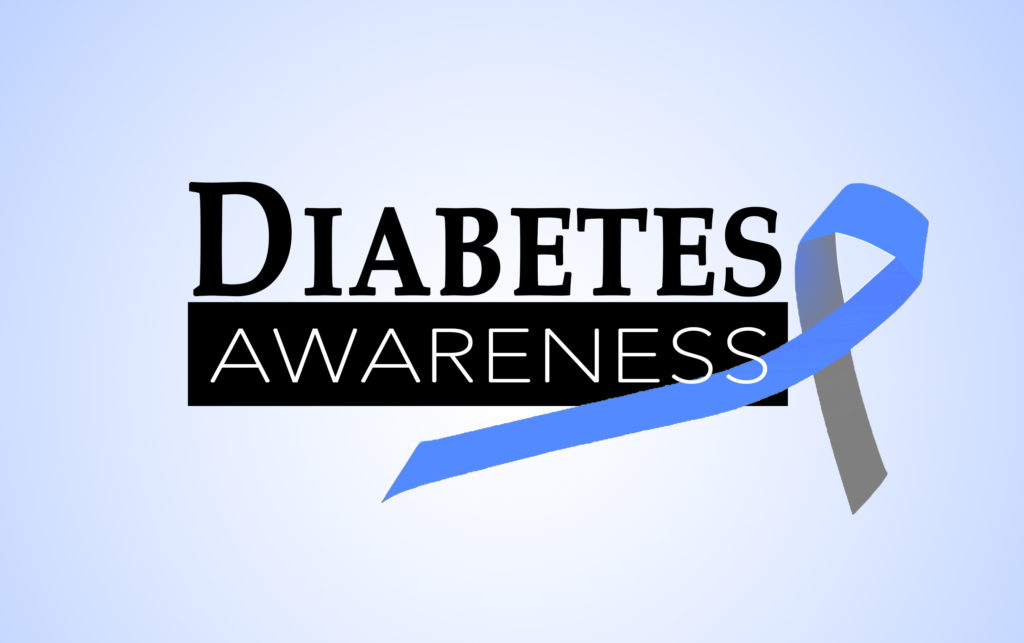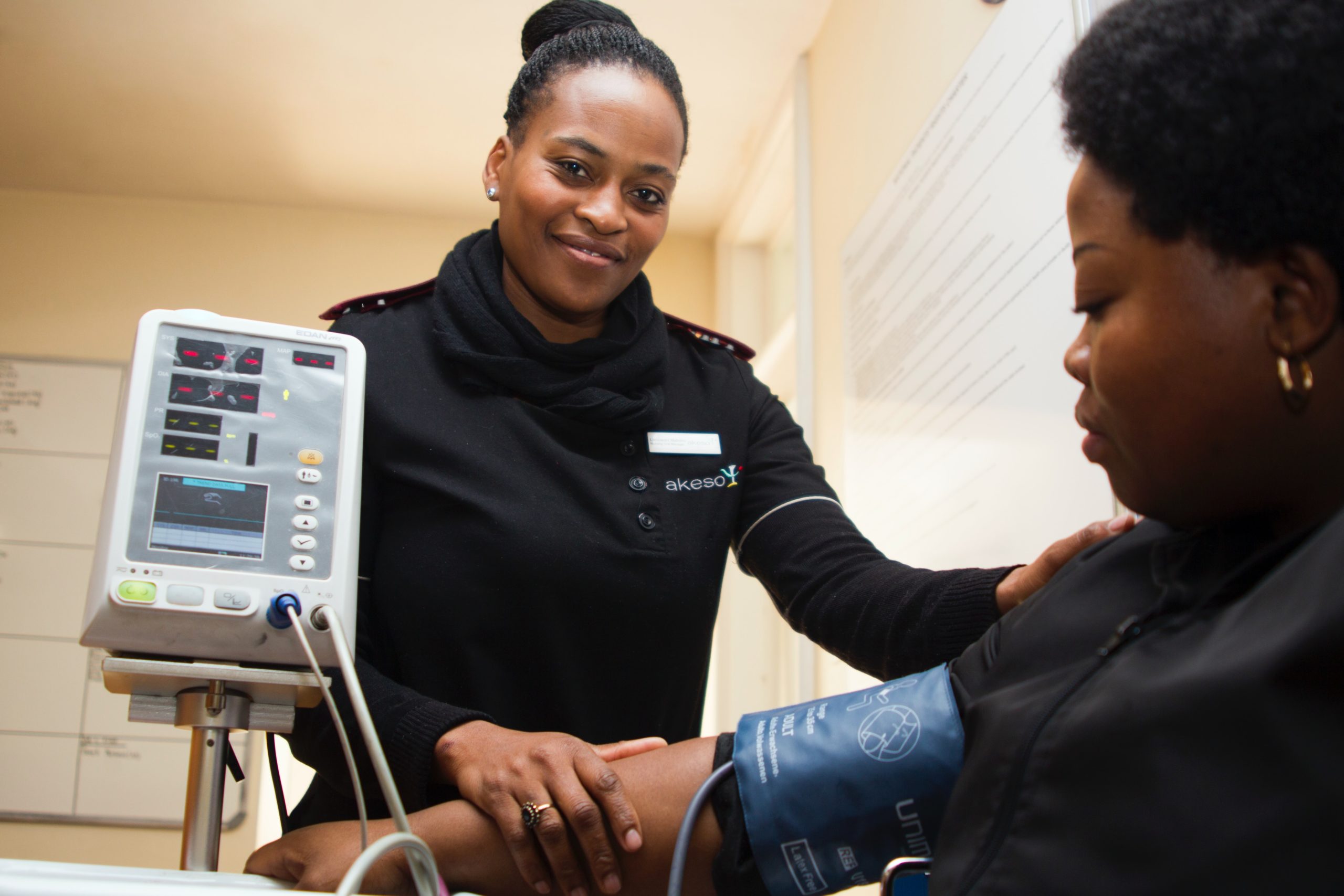Every year, countless people in Australia and throughout the world are affected by diabetes. The alarming increase in diabetes cases is precisely what makes Diabetes Australia such an important organisation. And this is showcased in the annual National Diabetes Week, which we are celebrating this week (July 14-20).
Part of celebrating National Diabetes week is spreading the word and educating people about all aspects of diabetes. This includes awareness of the risk factors, recognising warning signs for diabetes-related emergencies, and understanding the proper treatment and management of diabetes.
We are taking part in the celebration, and in this blog, we will highlight how identifying risk and better diabetes management can help people live healthier, happier lives.
Different Types of Diabetes
Three common types of diabetes that can develop are Type 1, Type 2, and gestational diabetes.
Type 1: Sometimes referred to as juvenile diabetes. This type occurs when the immune system mistakenly attacks and destroys the beta cells in your pancreas that produce insulin. People with Type 1 diabetes are insulin-dependent, meaning they must take artificial insulin every day to stay alive.
Type 2: In type 2 diabetes, the body is ineffectively using the insulin it has produced (insulin resistance). This is also the most common type of diabetes in individuals of all ages.
Gestational Diabetes: This type occurs in women during pregnancy due to the presence of insulin-blocking hormones.
What Causes Diabetes
Type 1 diabetes do not have an exact cause. While Type 2 diabetes, commonly known as insulin resistance, has clearer causes.
Insulin helps glucose from the food you eat access the cells in the body to supply energy. Contributing factors to insulin resistance are similar to prediabetes factors. This may include:
- Genetics
- Lack of exercise
- Being overweight
How Diabetes is Treated
First, to determine whether or not you have diabetes, you must undergo Hemoglobin a1c (HbA1c). This is the primary test used by doctors to diagnose diabetes. This also determines what medications are appropriate for your certain diabetes type.
Another effective way to measure your sugar level is through a blood glucose test. The glucose test will help determine whether you have hypoglycemia (low blood sugar) or hyperglycemia (high blood sugar). When doing a glucose test, it is suggested to have at least eight hours of fasting before getting your blood sample was taken or what you call a fasting blood test (FBS).
If you are diagnosed with any diabetes, talk to your doctor about what medication or lifestyle will work for you.
In a nutshell…
- Type 1 diabetes has no cure and requires lifelong disease management. To avoid more serious complications, consistent monitoring and adherence treatment is advised.
- Type 2 diabetes can often be successfully managed with good life choices and proper treatment.
- Gestational Diabetes does not occur in all women, and chances are it will resolve after the baby is born.
Diabetes has become increasingly more common in all parts of the world. As a result, the chances that you or a loved one may suffer from a diabetes-related emergency have increased as well. It is about time to learn the risk factors of diabetes, its proper management and medication.
If they become unconscious, implement DRSABCD.
First Aid Pro offers Provide First Aid Course (HLTAID011), which will cover principles and procedures for first aid management of Diabetes, Hypoglycemia, Hyperglycemia, and use of insulin.
For more questions, please email us at courses@firstaidpro.com.au or call 1300 029 132.







